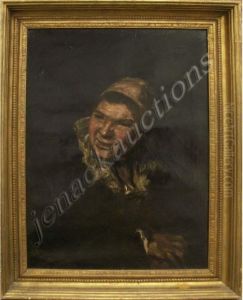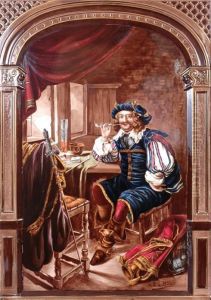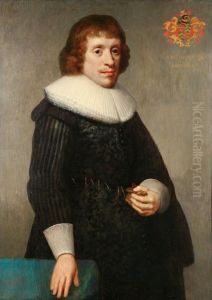Franz Hals Paintings
Frans Hals was a Dutch Golden Age painter known for his distinctive loose painterly brushwork and his lively and spirited portrayal of subjects. Born in Antwerp, Hals moved to Haarlem as a child, where he spent most of his life and where he later died. His birth year is somewhat uncertain, but it is often cited as around 1582 or 1583. Hals died in Haarlem in 1666.
Hals is best known for his portraiture, which captures a remarkable sense of immediacy and vitality. Unlike many of his contemporaries, Hals did not often smooth out his brushstrokes, and his technique can appear almost modern to contemporary viewers. This expressive method contributed to a sense of movement and liveliness in his works, setting him apart from other portraitists of his time.
He painted many group portraits of civic guards and guild members, as well as individual portraits of wealthy citizens, especially in Haarlem. Among his most famous works are 'The Laughing Cavalier' (1624) and 'The Gypsy Girl' (1628-30). Hals's works from the 1620s are characterized by a vivid palette and high degree of finish, whereas his later works become increasingly rough and summary in technique, which was not always appreciated by his contemporaries but has been heralded by later generations for its virtuosity and foresight.
Frans Hals was quite successful in his early years, but his later life was marked by financial difficulties, and he died in relative poverty. Despite this, his influence was significant, and his work was admired and studied by later artists, including the Impressionists, who found his loose brushwork inspirational. Today, Hals is celebrated as one of the foremost masters of portraiture, and his work is held in high esteem for its contribution to the development of painting, particularly in terms of technique and expression.


